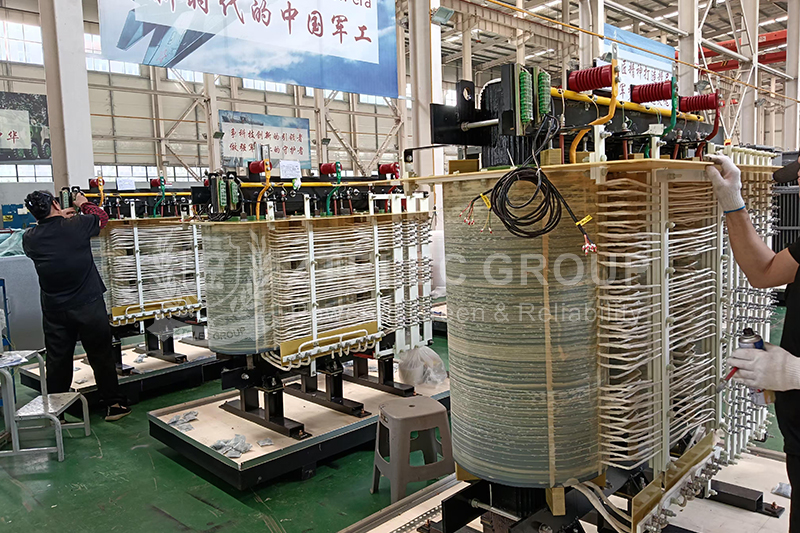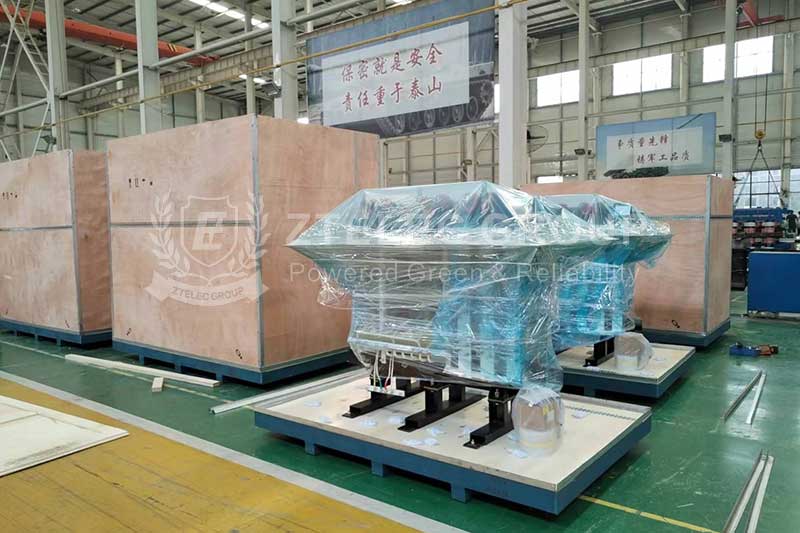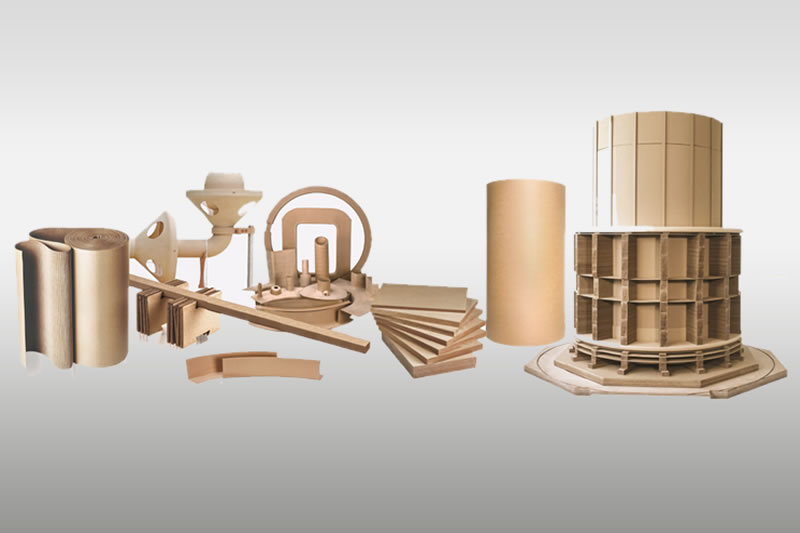Electrical panel insulation bakelite sheet material
The customers often consult us the temperature that electrical panel insulation bakelite sheet material can withstand. In what temperature does continuous use will produce deformation? The following will explain the operating temperature of electrical panel insulation bakelite sheet material.

Electrical panel insulation bakelite sheet material is made of bleached wood pulp paper and phenolic resin by hot-pressing and baking. Because of the characteristics of phenolic resin, the electrical panel insulation bakelite sheet material is easy to deformation when it is used for temperature resistance of about 100 degrees continuously. It is recommended that the customer can choose phenolic bakelite board if the temperature resistance requirement is not high like generally less than 100 degrees. Because the price of electrical panel insulation bakelite sheet price is cheaper compared with other insulation boards, and specific gravity is only 1.5 which is lower than general insulation board. So a plate of the same size weighs a lot less, the cost of materials is saved.
If you also need electrical panel insulation bakelite sheet material, or the products need to be processed, if you are also worried about not finding suitable and reliable electrical panel insulation sheet manufacturer and processing factory, if you happen to see this article, then please believe - ZTelec Group is your best choice.
- more+releated article
- 2025-12-13How to Select and Use Phenolic Cloth-base Lami
- 2025-12-13How Much Does Bakelite Sheet Cost? 2025 Price
- 2025-12-13Why are most 3240 epoxy boards yellow?
- 2025-12-13What are the Main Applications of FR4 Epoxy Bo
- 2025-12-13Why Does the Price of Insulating Paperboard Va
- 2025-12-13Heat-Resistant DDP Insulation Paper
- 2025-12-13Comparison of Heat-Resistant DDP Insulating Pa
- 2025-12-13G10 and FR4 Epoxy Boards: Commonly Used for Ge
- 2025-12-13The Price of Heat-Resistant DDP Insulation Pap
- 2025-12-13How to Choose Epoxy Laminate Materials for Gen





